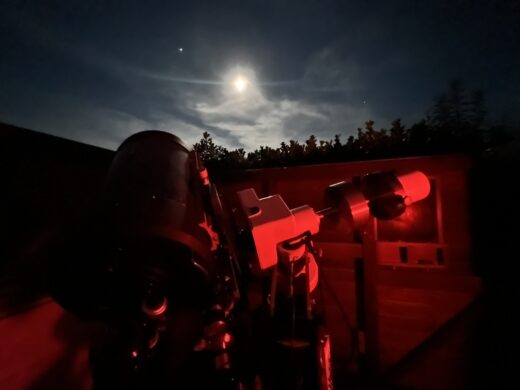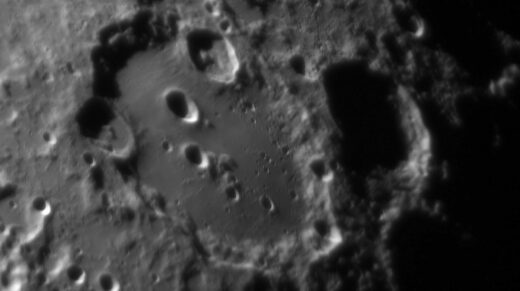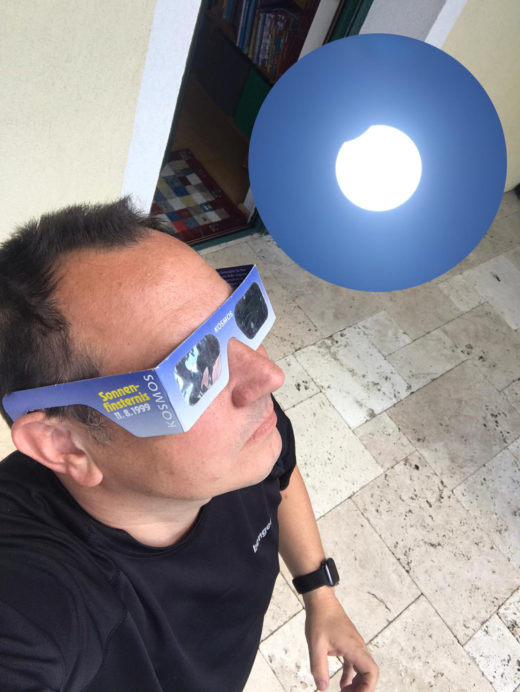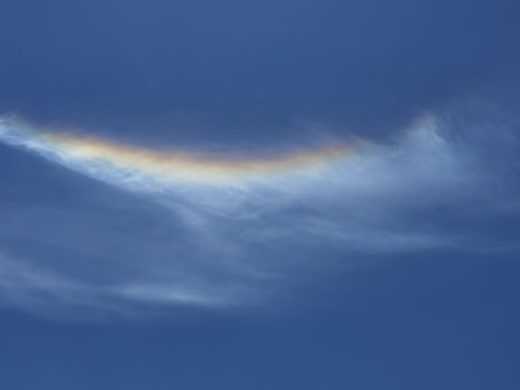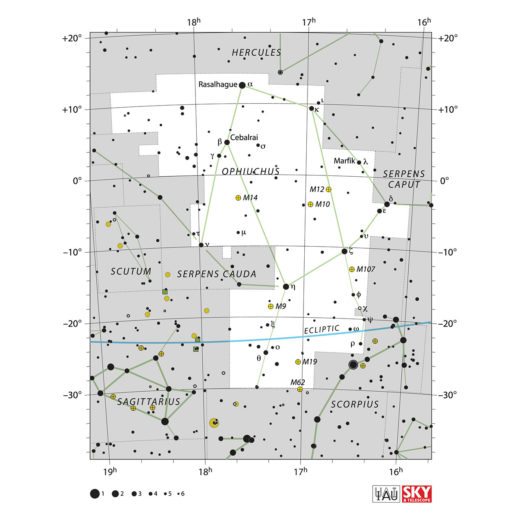Viktor attended the full moon hike of the “Naturfreunde Wulkaprodersdorf” with his Takahashi 4″ refractor. After a long time again a public observation evening.
Category: Object type
Jupiter and moon, 7 October 2022
A late “summer” day in October tempted me to observe Jupiter and the moon. Warmy windy weather resulted in bad seeing. That was quite predictable. Very interesting constellation of 3 jovian moons.
Moon craters, Test of ASI290mm camera, 10 May 2022
I finally got my hands on the ZWO ASI 290mm CCD camera for planetary and lunar imaging. Seeing was not good, but the results of the session, e.g. from the moon crater Clavius, make meContinue reading
Sun spot region 2941, 13 Febuary 2022
The face of the sun has changed. After a long spotless drought, spots on the sun’s surface can be seen again. Sunspot group 2941 could be observed on the northwestern horizon and still shows aContinue reading
Crescent moon and Venus at dawn, 11 August 2021
A relaxed vacation day ended with the question of what on earth is Venus doing here below the moon. Venus as the evening star has completely passed me by. Some photos for image documentation wereContinue reading
Partial solar eclipse, 10 June 2021
On June 10, 2021, a partial solar eclipse took place over Austria at noon. The solar eclipse is unfortunately a small partial one, from Austria the area of the solar disk is only darkened byContinue reading
Cloud iridescence
Christian was able to observe an atmospheric phenomenon in the daytime sky, namely iridescent clouds. Cloud iridescence or irisation is a colorful optical phenomenon that occurs in a cloud and appears in the general proximityContinue reading
Observing globular clusters in Ophiuchus and Sagittarius
The Ophiuchus constellation lies in the southern sky, near the celestial equator. Its name means “the serpent bearer” in Greek. If you only observe in the first half of the night, Ophiuchus is not soContinue reading
Parts of the Veil nebula – NGC 6960 and NGC 6979 in hα
The Veil Nebula is a collection of emission and reflection nebulae located in the constellation Cygnus around 2400 light years away from Earth.

